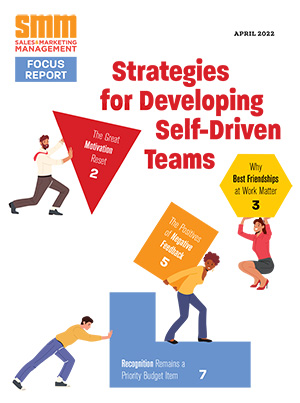What keeps leaders up at night?
You could spend a weeklong workshop answering that question. Nicole Lipkin, an executive coach and frequent media commentator on business leadership, wrote a book of the same name (AMACOM, 2013).
Subtitled “Recognizing and Resolving Your Most Troubling Management Issues,” Lipkin spends 230 pages answering follow-up questions such as “Why can ambition sabotage success?” “Why do people resist change?” and “What causes a star to fade?” In this excerpt from the book, she addresses the question, “Why do good teams go bad?”
Setting up and managing good groups requires careful thinking about the team’s composition, size, objectives and protocols. To counteract some of the common problems that can make a good team go bad:
Establish group diversity. Although a leader might feel tempted to assemble five like-minded people on a team, uniformity can stifle creativity and breed lackluster results. Consider selecting a diverse group of people who represent, as much as possible, different genders, ages, ethnicities, functional skills and experiences.

Define expectations. If leaders clearly state the results they expect from a group, whether in an ad hoc meeting or an ongoing work team, they can more easily keep everyone’s effort on track toward the desired goal. That also helps ensure accountability for results. After all, it’s not easy holding people accountable for results if you have never told them exactly what you expect them to do.
Emphasize collective awareness. If team members understand common group biases, they will more easily spot and correct their biases.
Provide the right training. Although leaders commonly hire people who will make good team players, they do not necessarily train people to work well in a team. Everyone may naturally gravitate toward groups, but effective group behavior requires certain skills, such as performing a specific role despite the fact that you could perform other roles just as well. Tackle teamwork training as thoughtfully as you do technical or on-the-job training. Developing a set of teamwork skills among your people not only enhances their self and social awareness, it also provides them with the tools they need to operate successfully in a group.
Stress freedom of thought. A leader can prepare the team for an important meeting by urging them to do their homework individually and bring to the meeting information and ideas free from team influence. Stress that no bit of data and no possible alternative is too silly or dumb to present to the meeting.
Insist on information sharing. When people can freely access all information during a discussion, they feel less inclined to leave out material that might lead to do a better decision or solution. Recommend that everyone list all of the information in their possession that relates to an issue.
Promote innovation. A good leader stimulates people to climb over the mental fence that can keep a group from devising, openly discussing and adopting new ideas and solutions. Priming a group to think critically and creatively, versus just reaching a consensus, helps a team share more information, challenge each other without rancor or judgment, and get better results.


